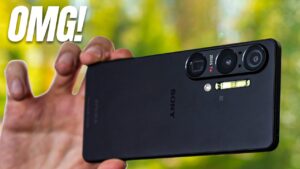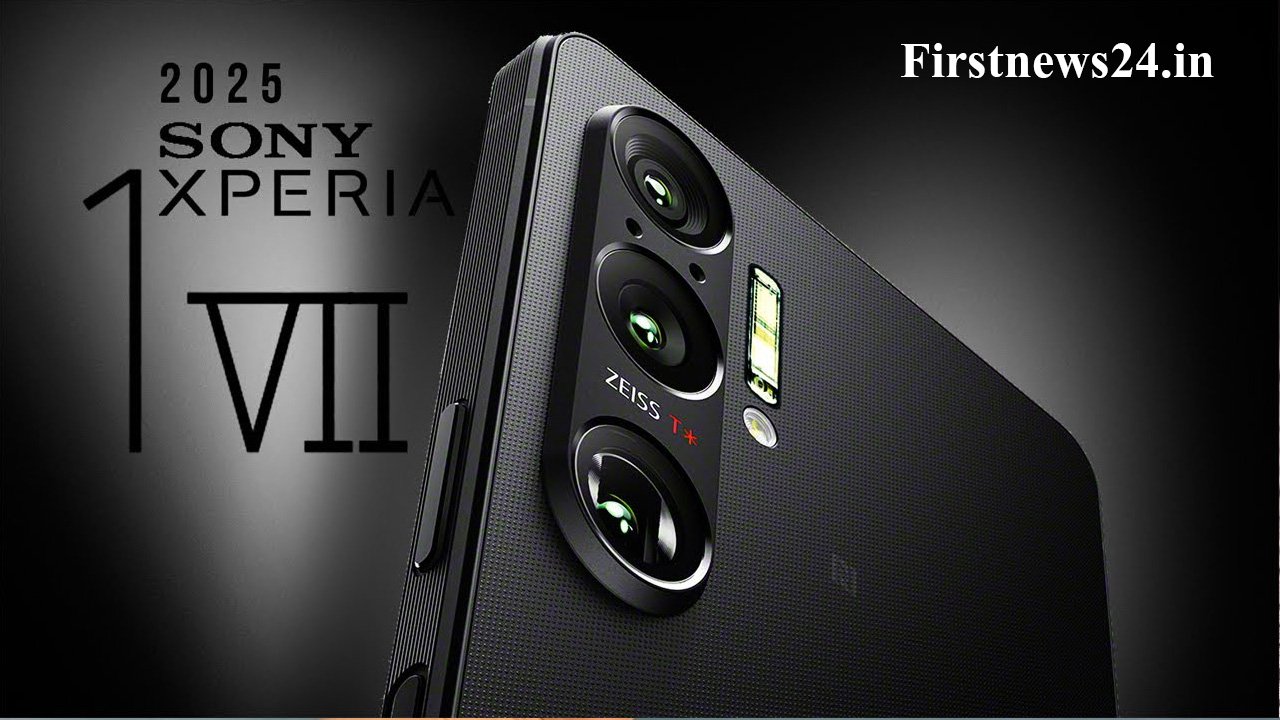In what’s shaping up to be one of the most exciting tech battles of 2025, Sony’s Xperia 1 VII is gearing up to challenge Huawei’s upcoming flagship devices, particularly the much-anticipated Mate 80 and Mate 90 series. As both tech giants aim to redefine mobile innovation, the race is no longer just about specs—it’s about setting the standard for the future.
Sony Xperia 1 VII: The Loyalist’s Choice
Sony remains consistent in its approach: clean design, premium craftsmanship, and a strong focus on professional-grade features. The Xperia 1 VII is expected to build on the brand’s photography-first philosophy with cutting-edge camera hardware, a stunning 4K OLED display, and a design that appeals to content creators and visual professionals.
While it may not dominate the spec sheet on paper, the Xperia 1 VII speaks to a niche—users who value refinement, functionality, and cinematic visuals over flashy benchmarks. Sony is also likely to retain its 21:9 aspect ratio screen and offer enhancements to its Alpha camera tech.

Huawei Mate 80 & 90 Series: The Performance Powerhouses
On the other side of the ring, Huawei is reportedly ready to leap forward with its Mate 80 and Mate 90 lineup. Sources suggest that these phones will run on a next-gen Kirin 9030 chip, possibly built on a 7nm process, promising a huge bump in performance, especially for gaming and heavy multitasking.
Huawei’s focus this year seems laser-sharp: brute power, lightning-fast charging (rumored 100W wired and 80W wireless), and aggressive camera hardware. The company is also expected to pack LTPO OLED displays ranging from 6.75 to 6.89 inches with a 1.5K resolution, delivering a sleek, responsive experience.
And there’s more—HarmonyOS Next, Huawei’s evolving ecosystem, could offer even deeper AI integration and cross-device control.
Key Comparison: Sony Xperia 1 VII vs Huawei Mate 80
| Feature | Sony Xperia 1 VII | Huawei Mate 80 Series |
|---|---|---|
| Display | 4K OLED, 21:9, cinematic | LTPO OLED, 1.5K, up to 6.89” |
| Chipset | Likely Snapdragon Gen | Kirin 9030 (7nm) |
| Camera | Pro-level Alpha tech | Dual periscope zoom, AI processing |
| Charging | Fast wired | 100W wired, 80W wireless (rumored) |
| Software | Android (near stock) | HarmonyOS Next |
| Audience | Creators, loyal Sony fans | Gamers, power users, Huawei loyalists |
The Verdict: Two Different Roads to Innovation
Sony is refining the smartphone experience—appealing to professionals who demand precision and quality. Huawei, on the other hand, is redefining performance, pushing limits in speed, software integration, and multitasking capabilities.
OnePlus 13R Review: Flagship Performance Meets Value at ₹42,997 in 2025
So, which is better? That depends on what you need: If you want sleek, professional content creation tools, go with Sony. If you’re chasing raw power and future-proof features, Huawei might be your pick.
People Also Ask
Which is better, Sony Xperia 1 VII or Huawei Mate 80?
It depends on user preferences. The Xperia 1 VII is ideal for content creators and fans of 4K cinematic displays, while the Mate 80 is designed for users seeking performance, fast charging, and advanced camera features.
What is the expected release date for the Sony Xperia 1 VII?
Sony is expected to unveil the Xperia 1 VII in the third quarter of 2025, with availability in select global markets shortly afterward.
Will Huawei Mate 80 support Google apps?
No, due to ongoing trade restrictions, Huawei’s Mate 80 series is expected to run on HarmonyOS and will not come with Google Play Services.
Does the Xperia 1 VII have better cameras than Huawei flagships?
Sony offers professional-grade camera hardware with Alpha tech integration, but Huawei’s latest flagships boast powerful AI-driven cameras with advanced zoom and night photography—so the better camera depends on usage needs.
Is HarmonyOS better than Android?
HarmonyOS is Huawei’s proprietary operating system optimized for device interconnectivity and performance. While Android remains more widely used and supported, HarmonyOS offers seamless experiences across Huawei’s ecosystem.
